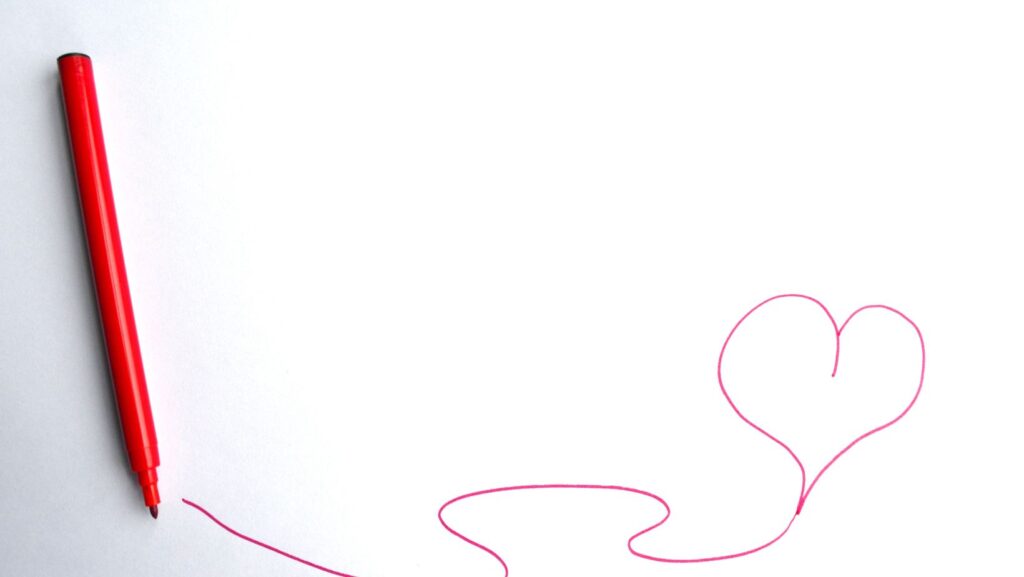Love:mcxz2fpfjok= Drawing

Drawing is more than just putting pencil to paper; it’s a profound expression of creativity and emotion. For many, love drawing isn’t just a hobby—it’s a passion that allows them to explore and convey feelings that words often fail to capture. Whether it’s the gentle curve of a smile or the intricate details of a cherished memory, love drawing invites artists to connect deeply with their subjects and themselves.
In a world where digital media often dominates, the tactile experience of drawing remains a cherished art form. It offers a unique opportunity to slow down and appreciate the beauty in everyday moments. Love drawing encourages mindfulness and fosters a sense of fulfillment, as artists pour their hearts into each stroke. As more people discover this rewarding pursuit, the community of love drawing enthusiasts continues to grow, bringing together individuals who share a common appreciation for the art of capturing love on paper.
Understanding Love Drawing
Love drawing goes beyond ordinary artistic expression, encompassing a visceral connection with one’s subject. It involves the articulation of affection, passion and intimate emotion through visual art. Artists capture nuanced feelings which transcend verbal communication and instead manifest through delicate lines and forms. Each stroke represents an opportunity to convey silent messages of emotion and dedication.

In love drawing, artists often engage with themes of romance, intimacy and human connection. These topics inspire artworks that resonate with viewers on an emotional level, creating vivid portrayals that spark individual reflection. Graphite, charcoal and ink serve as common mediums owing to their capability to express subtle tonal variations and depth.
The practice encourages participants to explore personal experiences and emotions while interpreting universal themes. As they integrate these perspectives into their art, individuals contribute to a diverse tapestry of interpretations defining love in its myriad forms. This explorative process not only enhances artistic skills but also fosters personal insight and growth.
Techniques within love drawing involve a mixture of line work, shading and composition. These elements combine to capture the essence of affection, whether through the gentle curves of intertwined figures or the expressive intensity in a lover’s gaze. As artists refine these techniques, they develop a distinctive style that reflects their unique perspective on love.
In communities dedicated to love drawing, sharing experiences and art serves as a powerful way to bond over shared interests and interpretation. Enthusiasts exchange critiques, insights and inspirations, thus expanding their understanding of both art and emotion. This collaborative atmosphere nurtures a sense of belonging and collective growth among participants.
The Importance Of Love Drawing
Love drawing plays a crucial role in both artistic development and personal enrichment. It offers emotional benefits and enhances artistic skills, fostering both personal growth and creative expertise.
Emotional Benefits
Love drawing offers significant emotional advantages. It provides artists with a profound method to articulate emotions that are often challenging to express verbally. Engaging in this form of art encourages introspection, enabling individuals to explore their inner sentiments and improve emotional intelligence. By depicting love through drawing, artists often experience a sense of catharsis and emotional release, contributing to overall mental well-being. Furthermore, creating art centered on love helps cultivate empathy and deepen understanding of human emotions.
Enhancing Artistic Skills

Practicing love drawing sharpens artistic abilities. Artists develop their technical skills by mastering techniques like shading and composition to convey intricate emotions effectively. This process improves precision and attention to detail, essential qualities for creating compelling art. Love drawing also encourages experimentation with various mediums such as pencil, ink, or charcoal, which broadens an artist’s skill set and versatility. As artists refine their unique style through love drawing, they gain confidence in their artistic voice, enabling them to produce more impactful and authentic works.
In love drawing, selecting the appropriate tools impacts each artwork’s outcome. Graphite pencils offer precise control for detailed line work. Charcoal provides rich, dark strokes that enhance shading and depth. Ink aids in creating strong contrasts and bold lines. Artists often mix these media to achieve subtle gradients and dynamic textures.
By experimenting with various styles, artists can convey unique perspectives on love. Realism focuses on capturing subjects with lifelike accuracy, emphasizing intricate details. Abstract art allows personal interpretation, encouraging expressive lines and shapes to evoke emotion. Surrealism blends dreamlike elements, creating intriguing compositions that convey complex themes. Artists refine their style over time by blending these different approaches.
